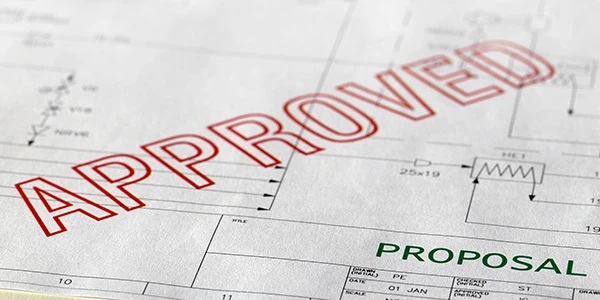Navigating building codes can be a daunting task for contractors, architects, and homeowners alike.
These codes, which vary by location, are designed to ensure the safety, sustainability, and functionality of buildings. Compliance with these regulations is essential to avoid costly penalties and ensure the longevity of your construction project.
This article will provide essential tips for understanding and complying with building codes.
Understanding Building Codes
Building codes are a set of regulations governing the design, construction, alteration, and maintenance of structures. They are established by local, state, and federal authorities to protect public health, safety, and welfare. The codes typically cover a wide range of topics, including:
- Structural Integrity: Ensures buildings can withstand loads and environmental factors such as wind, earthquakes, and snow.
- Fire Safety: Addresses materials, exits, and fire protection systems to minimize fire hazards.
- Accessibility: Ensures buildings are accessible to individuals with disabilities, as mandated by the Americans with Disabilities Act (ADA).
- Energy Efficiency: Includes requirements for insulation, HVAC systems, and renewable energy sources to promote sustainability.
Tips for Compliance
1. Research Local Codes
Building codes can vary significantly from one jurisdiction to another. Start by researching the local building codes in your area. This may involve visiting your city or county’s building department website or contacting them directly. Understanding local amendments and updates to national codes (such as the International Building Code) is crucial for ensuring compliance.
2. Consult with Professionals
Engaging professionals who are well-versed in local building codes is an invaluable investment. Architects, engineers, and contractors can provide insights into compliance requirements and help interpret complex regulations. Moreover, their experience can help identify potential issues early in the design or construction phase, saving time and resources.
3. Stay Updated on Code Changes
Building codes are not static; they are updated periodically to reflect new safety standards, technological advancements, and societal needs. Subscribe to newsletters from local building authorities or industry organizations to stay informed about changes in codes that may affect your project. Attend workshops or seminars that discuss building code updates.
4. Prepare Comprehensive Plans
When submitting plans for approval, ensure that they are comprehensive and clearly demonstrate compliance with applicable codes. Include all necessary details, such as structural calculations, fire protection measures, and accessibility features. Incomplete or unclear submissions can lead to delays or rejections, complicating the approval process.
5. Implement Quality Control Measures
Quality control is vital during construction to ensure adherence to building codes. Regular inspections by qualified professionals can help catch any deviations from code requirements early in the process. Keeping thorough documentation of inspections, materials used, and any changes made during construction can also be beneficial during the final inspection.
6. Understand Permit Requirements
Before starting construction, determine which permits are required for your project. This may include building permits, electrical permits, plumbing permits, and more. Each permit will likely have its own set of requirements and inspection schedules. Failing to obtain the necessary permits can result in fines and, in some cases, demolition of work that does not comply.
7. Engage in Open Communication with Inspectors
Developing a good relationship with building inspectors can facilitate smoother inspections. Ask for clarification on code requirements if you are uncertain and be open to suggestions on how to improve compliance. Regular communication can help prevent misunderstandings and ensure that your project stays on track.
8. Educate Yourself and Your Team
Investing time in education can significantly enhance your understanding of building codes. Consider workshops, online courses, or certifications focused on building regulations and compliance. Ensure that your team is trained and informed about relevant codes and their implications on the project.
9. Document Everything
Thorough documentation throughout the construction process is crucial. Keep detailed records of all communications, permits, inspections, and approvals. This documentation can serve as evidence of compliance in case of disputes or inspections and can facilitate a smoother process during final inspections.
10. Plan for Future Maintenance and Upgrades
Consider how building codes might impact future maintenance and renovations. Designing with flexibility in mind can help you avoid significant code compliance issues down the line. For instance, if you anticipate future expansions, ensure the initial design accommodates these changes without violating existing codes.
Conclusion
Navigating building codes can be complex, but understanding their purpose and requirements is essential for any construction project.
By thoroughly researching local regulations, consulting professionals, staying updated on changes, and implementing robust quality control measures, you can ensure compliance and facilitate a smoother construction process.
In the long run, adhering to building codes not only ensures safety and functionality but also enhances the value and sustainability of your property.
Also Read
10 must-have tools for every construction site
Essential safety tips for construction workers: Protecting your team

